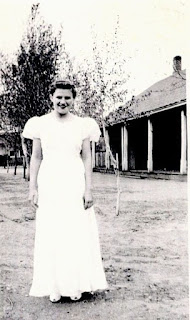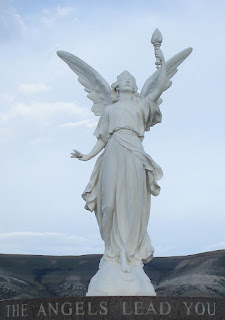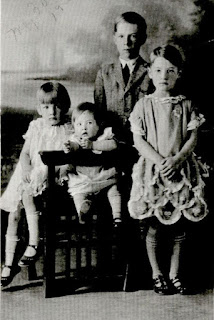What is on. . .
the 1940 Census Basic information including: name relationship to head of household age place of birth residence citizenship education In addition there will be some new information including: residence in 1935 persons 14 and older will be asked about their employment income for the previous year if a person lived in the home, but was absent on census day, "Ab" will be written by their name Also, for people enumerated on lines 14 and 29 will be asked supplemental questions including: birthplace of their parents if they have a social security number veteran information employment information and for women if they are or have been married previously




